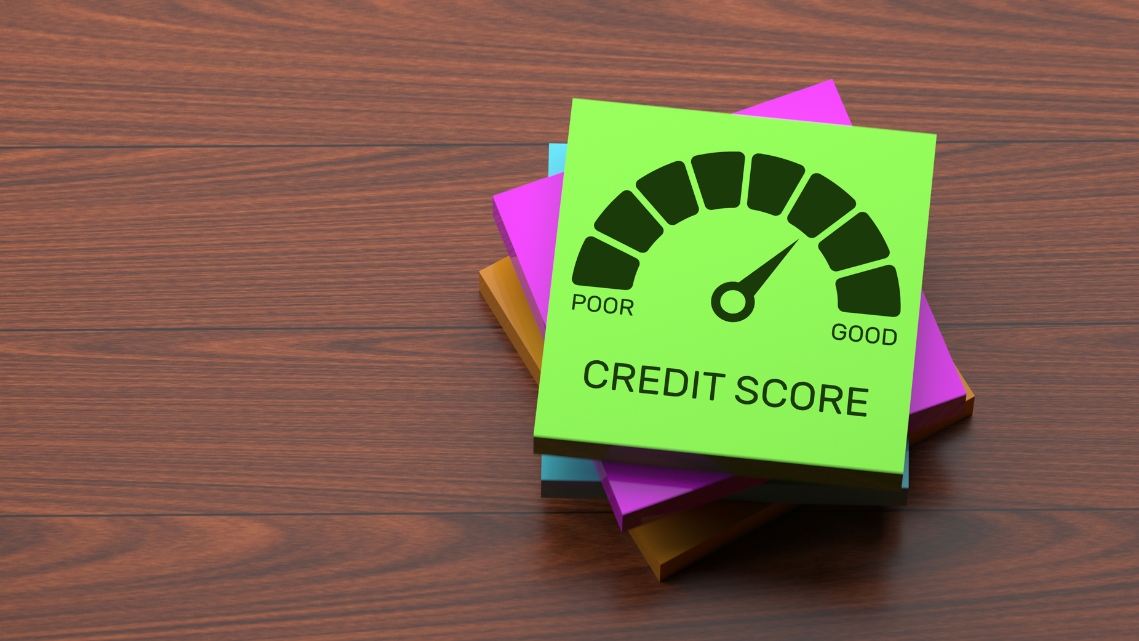1. What is Social Credit Scoring?
2. Understanding How Social Credit Affects Creditworthiness
3. How to Improve Your Social Credit Score for Credit Repair
Maintain a Consistent Employment History: Demonstrating stable employment can improve both traditional and social credit scores. Many lenders view steady employment as a sign of financial responsibility.
Optimize Your Social Media Presence: Clean up your social media profiles by removing any posts that might reflect poorly on your character or financial responsibility. Maintain a professional profile on platforms like LinkedIn, showcasing your skills and experience.
Develop a Positive Online Reputation: If you’re active on social platforms, ensure your behavior reflects integrity. Avoid public disputes, contentious comments, or excessive displays of risky behaviors. Positive interactions, recommendations, and endorsements can boost your reputation.
Build and Engage with a Reliable Network: Engaging with responsible connections online can contribute positively to your social credit. Networking with individuals in stable employment and reliable fields can reflect well on you in some scoring models.
4. The Benefits of Combining Social and Traditional Credit Repair Strategies
5. Key Considerations When Utilizing Social Credit Scoring for Credit Repair
Not All Lenders Use Social Credit Scoring: While social credit scoring is gaining attention, it’s not yet a universal standard. It’s essential to research whether lenders consider social credit data when assessing applications.
Privacy Concerns: Be cautious with your online information and privacy settings. Some aspects of your social life may impact your credit if left publicly accessible. Adjusting privacy settings allows you to control what information is visible.
Consistency Matters: Like traditional credit repair, consistency in behavior is crucial for social credit repair. Regularly review and update your online presence to ensure it remains positive and reflects your current status.




